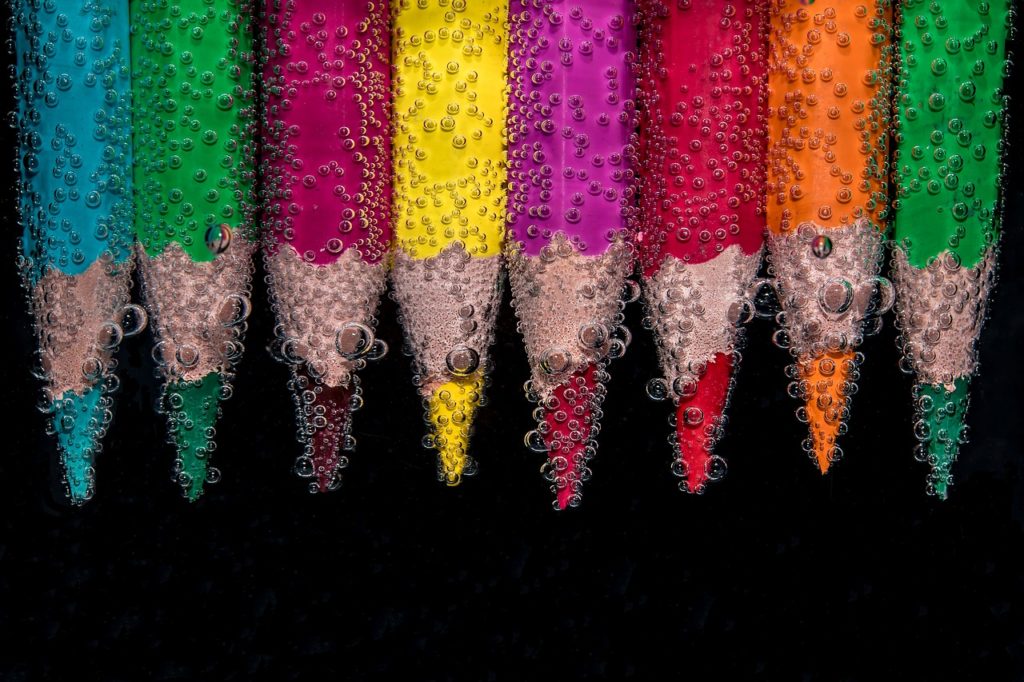When asked this question, many oftentimes have varying answers, as one particular art form may come to mind—such as; painting, drawing, etc. In turn, the genre that the individual chooses is usually based on what he/she has the most experience with—and/or knowledge of prior. However, this can cause confusion for those who are unaware of the differing art forms—and/or categories of each one. Only some—among many—are listed as follows; 1. ceramics, 2. drawing, 3. painting, 4. sculpture, 5. printmaking, 6. design, and 7. crafts. These forms are all created primarily for visual perception, and allow artists to express themselves in a variety of ways.
First and foremost is ceramics, “an art made from ceramic materials—such as clay—that can take several forms, including art ware, tile, figurines, sculpture, and tableware”. Second is drawing, in which “a person uses various drawing instruments to mark paper, or another two-dimensional medium. Instruments include graphite pencils, pen and ink, paints, inked brushes, wax colored pencils, crayons, charcoal, chalk, pastels, erasers, markers, styluses, and various metals”. Third is painting, which is “the practice of applying paint, pigment, color, or another medium to a solid surface”.

Fourth is sculpture, which is where “a wide variety of materials may be worked by removal—such as carving, assembled by welding or modelling, or molded or casted”. Fifth is printmaking, which is “the process of creating artworks by printing, normally on paper. The prints have an elements of originality, rather than just being a photographic reproduction of a painting, and are created by transferring ink from a matrix—or through a prepared screen—to a sheet of paper or other material”. Sixth is design, which is “the intentional creation of a plan or specification for the construction of an object or system, or for the implementation of an activity or process”. And last is crafts, which is “a pastime, or a profession, that requires particular skills, and knowledge of skilled work”.
In conclusion, it is important to know—not just one form of visual art—but all. For, we as humans use each to communicate with one another, throughout history—whether it be through personal expression of the artist, symbolism, narrative purposes, to convey a message, and/or to portray the beauty of the piece itself. As a result, we are able to better understand what has taken place in that of a particular era—and come together, both artists and non-artists alike, through that which is expressed in visual art.

